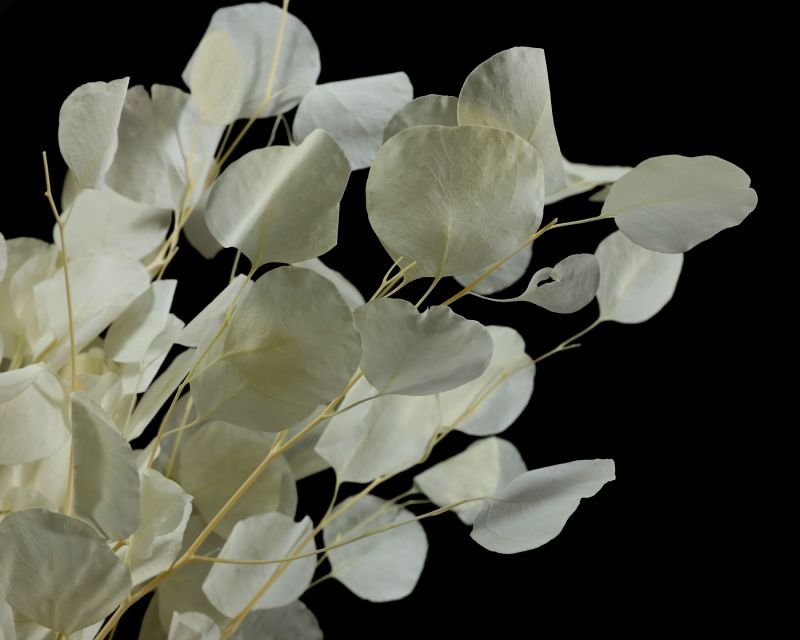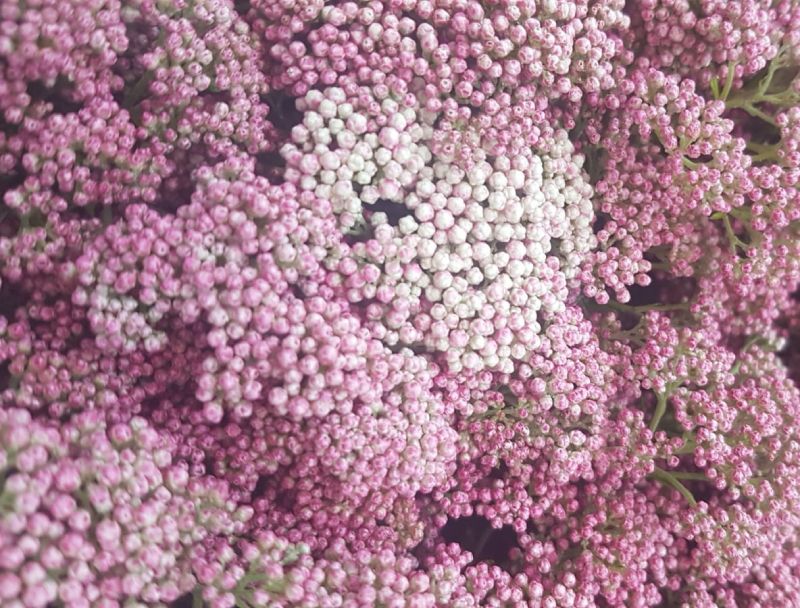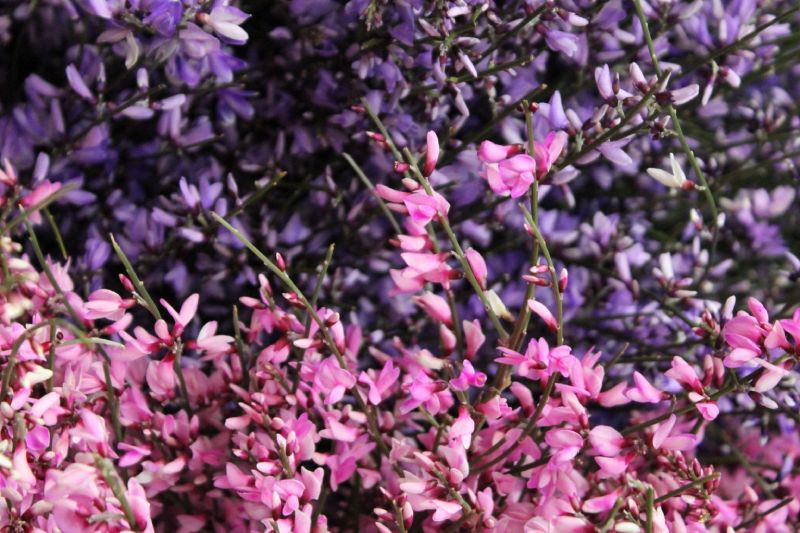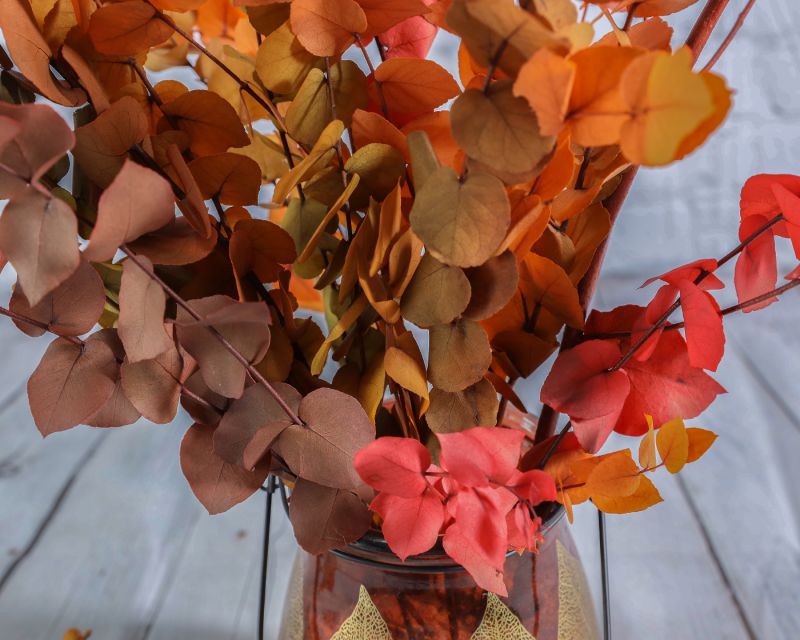White communicates different meanings in the floral world , such as elegance or pure love, and is a neutral and bright color capable of adapting to any context. This is why items of this hue are in high demand. Bleached plants, berries, ornamental greenery and flowers, whether they have been preserved or dried, are an excellent solution to achieve refined, durable floral decorations, to be preserved over time along with the memories to which they are connected.
What are bleached plants and flowers
Bleaching is a process to which both petals and leaves can be subjected and is carried out on dried or preserved cut plants and flowers. Both dried and preserved flowers retain their characteristics for a long time without deteriorating. The former achieves this through a dehydration process that, precisely, “dries” them by making their color slightly lighter. Preserved products, on the other hand, after dehydration are rehydrated with specific substances that make them look as fresh as if they had just been picked.
After completing any of these procedures, bleaching can also be performed.
How to bleach flowers and the differences with coloring
To make plants and flowers white in both petals, stems and leaves, it is necessary to soak them in specific acids once dried or preserved. These substances will cause the flowers and leaves to lose their pigmentations and appear an elegant whiteness suitable for any floral decoration.
The coloring, on the other hand, is a different process involving both natural and previously bleached products. The procedure can be by absorption, that is making the flower and plant absorb water dyed with a special dye. Another way of coloring flowers and plants is by immersion, that is immersing them completely into a colored solution. The process to be used varies depending on the type of product to be colored.
The most suitable occasions and festivals
Bleached plants and flowers are in great demand throughout the year to create floral decorations at special events and recurring festivals. In particular, they are especially suitable for occasions such as:
- Weddings: in the bridal bouquets and dresses, but also to decorate the ceremony venue and party centerpieces;
- Baptisms and confirmations: white is the color that best matches the religious significance of these events;
- Baby shower: pre-birth parties are often enhanced with floral decorations to create a cozy atmosphere;
- Mother’s Day: white symbolizes platonic and pure love, so it is often used to honor one’s mother on the day dedicated to her;
- Christmas: in Christmas floral decorations, white is associated with snow and brings out the bright greens and intense reds that are often present together;
- Thanksgiving Day: dried or preserved bleached flowers are used to decorate the home or dinner table to celebrate gratitude for blessings received throughout the year. They are also frequently included in thank-you cards to enhance the message inside;
- Valentine’s Day: bleached foliage and flowers are perfect for highlighting the red roses in typical Lovers’ Day bouquets, in one of the most widely used color combinations.
The advantages of bleached greenery and flowers dried or preserved
Beyond the differences with dried and preserved, bleached greenery and flowers are popular products due to the many advantages they offer. The main ones are:
- Long duration
- Minimal care
- Versatility of use
- Varieties of flowers available year-round
How to take care of bleached flowers?
Bleached ornamental greenery and flowers are a bit more delicate than unbleached ones, but their care is still very simple. Whether they are dried or preserved, simply avoid getting them wet or placing them near direct heat sources, such as radiators. In addition, they can be easily dusted off with a small brush or with the cool air of a hair dryer at minimum speed: this little trick is enough to preserve the beauty of bleached products without ever appearing dull.



